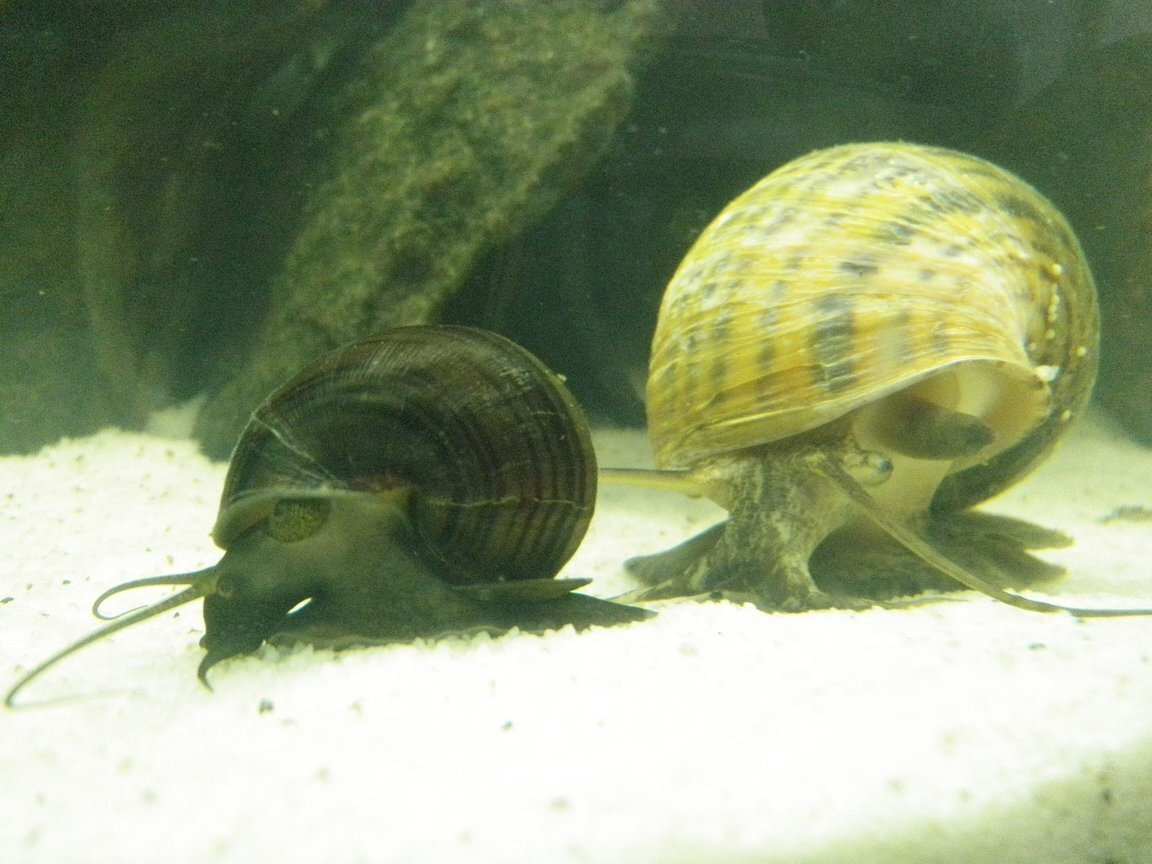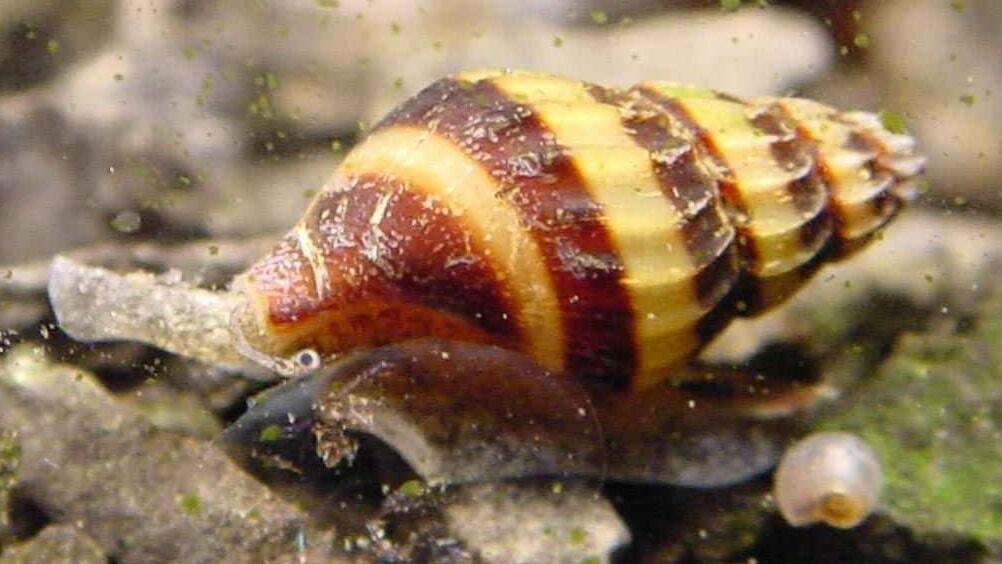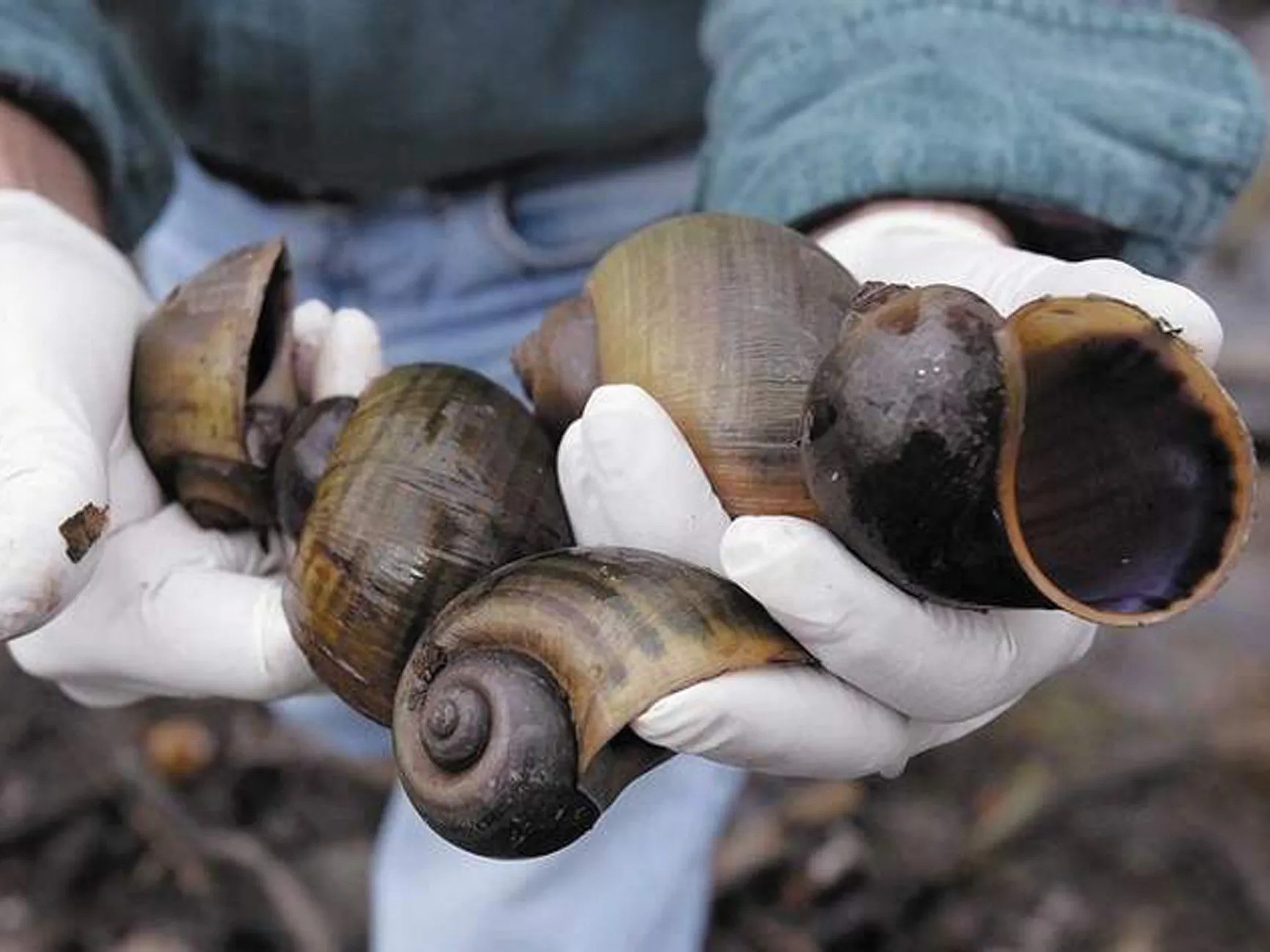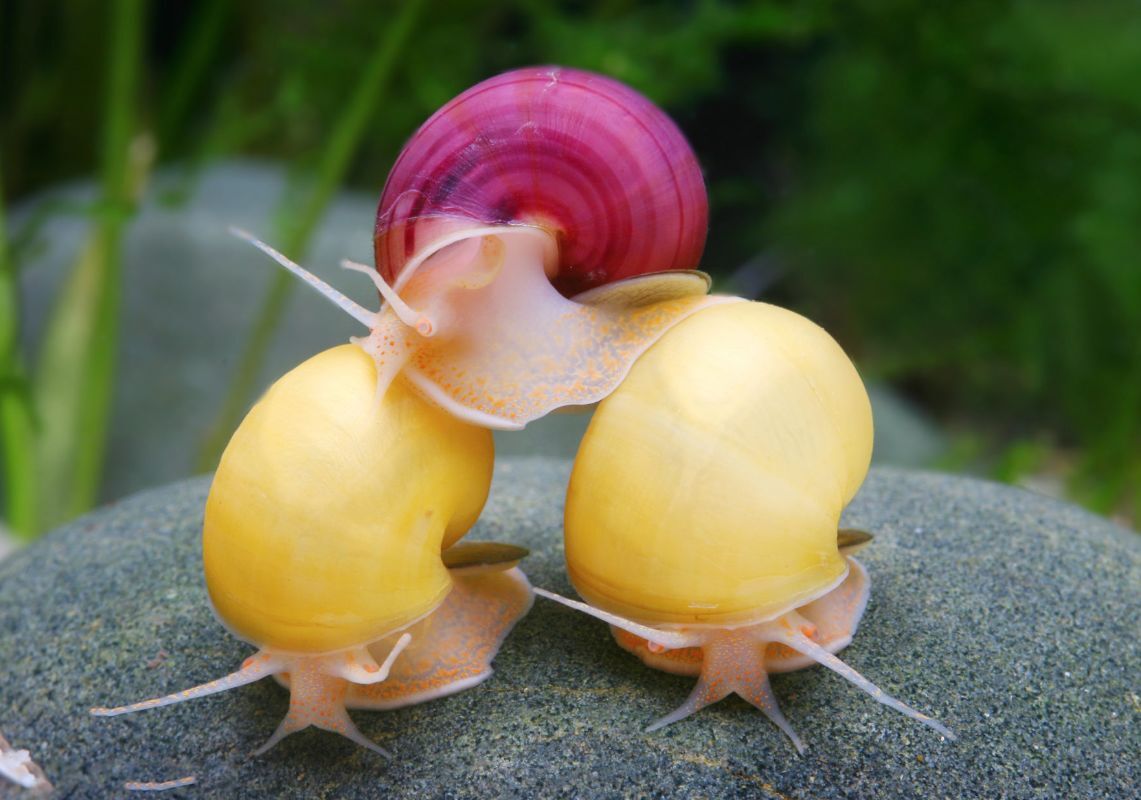What is an Apple Snail?

Apple snails are large freshwater snails that exhibit significant variation in size and appearance. They possess a gill and a lung, allowing them to survive in different environmental conditions. The shell of an apple snail can be globular or conical, providing protection and aiding in buoyancy.
What Do Apple Snails Look Like?
The appearance of apple snails can vary widely among species. Generally, they have a smooth, rounded shell that ranges in color from golden yellow to dark brown. The foot of the snail is usually white or light-colored, contrasting with the darker shell. Their eyes are located at the base of long tentacles, which they use to sense their environment.
Common Apple Snail Species
Several species of apple snails are common in the pet trade and natural habitats. The most well-known include the channeled apple snail (*Pomacea canaliculata*), the giant apple snail (*Pomacea maculata*), and the spike top apple snail (*Pomacea diffusa*). Each species has unique characteristics that distinguish them from one another.
Apple Snail Size
The size of apple snails can vary significantly depending on the species and environmental conditions.
How Big Do Apple Snails Get?
Apple snails can grow to impressive sizes. The giant apple snail, for instance, can reach up to six inches in diameter, making it one of the largest freshwater snails. In contrast, the spike top apple snail typically grows to about two to three inches in diameter.
Full Grown Apple Snail Size
When fully grown, the size of an apple snail depends on the species and available resources. A full grown apple snail generally ranges from two to six inches in diameter. Factors such as diet, water quality, and habitat conditions play crucial roles in their growth.
Growth Patterns of Apple Snails

Apple snails exhibit distinct growth patterns throughout their life cycle.
Juvenile Growth
Juvenile apple snails grow rapidly, especially in environments with abundant food sources. During this stage, they are highly active and spend a significant amount of time foraging.
Adult Growth
As apple snails reach maturity, their growth rate slows down. Adult snails focus more on reproduction and less on growth. Their size at maturity can be influenced by the environmental conditions they experienced during their juvenile stage.
Apple Snail Invasive Species
Several species of apple snails are considered invasive outside their native range.
Are Apple Snails Invasive?
Yes, some apple snails are invasive, particularly the channeled apple snail and the giant apple snail. These species have been introduced to various regions around the world, where they have become problematic.
Impact of Invasive Apple Snails
Invasive apple snails can cause significant ecological damage. They are known to feed on a wide range of aquatic plants, which can lead to habitat degradation and loss of biodiversity. Additionally, they compete with native snail species for resources.
Identifying Different Apple Snail Species

Channeled Apple Snail
The channeled apple snail is characterized by its deeply grooved shell. This species is notorious for its voracious appetite and rapid reproduction, contributing to its invasive nature.
Giant Apple Snail
The giant apple snail is recognized by its large size and prominent shell. It is one of the largest species of apple snails and can cause extensive damage to aquatic vegetation.
Spike Top Apple Snail
The spike top apple snail is smaller and has a more conical shell compared to other species. It is popular in the aquarium trade due to its manageable size and attractive appearance.
Managing Apple Snail Populations

Control Methods
Controlling invasive apple snail populations requires a combination of methods. Physical removal, chemical treatments, and biological controls are commonly used to manage these snails.
Prevention Strategies
Preventing the spread of invasive apple snails involves measures such as monitoring waterways, educating the public about the risks of releasing pet snails into the wild, and implementing quarantine protocols.
Conclusion
Apple snails are intriguing creatures with diverse sizes and growth patterns. Understanding these aspects is crucial for both appreciating their role in aquatic ecosystems and managing their impact as invasive species. By recognizing the differences among species and the challenges posed by invasive apple snails, we can take informed actions to protect our natural environments.

